Any analytics or BI practitioner is very familiar with the Analytics Maturity Curve above. For those who are unfamiliar, the curve is primarily used to show the key stages for analytics growth and to help organizations assess where they may be with their analytics capabilities. Secondarily, it shows how moving up the stages both increases business value (y-axis) the complexity of the analytics environment (x-axis) as it matures. For many organizations, their analytics capabilities tend to fall somewhere in the middle with the goal being to reach the point at the very top where the data is highly optimized and analytics not only can tell you what will happen, but what you can do to affect the outcome. Along those same lines, vendor sales presentations love to show you all the wonderful things their tools and platforms are capable of doing to match your march up the curve – from simple reporting to Artificial Intelligence. In addition, these tools are marketed as being so easy to use that anyone in your organization can work with them and produce the same types of results as a 20-year data scientist could. However, in all of what the analytics curve (and subsequent vendor) tries to address, there is one key element that it leaves out and is often overlooked in the process and not seen on any maturity curve chart you will find on the internet. In fact, for me, this element is so important it deserves to be on a second y-axis which I have added below.

Now it seems obvious that if you want your analytics environment to grow and mature, you must have staff in place with the necessary skills needed for each step of the curve. Unfortunately, what seems to be obvious, is not always so. Cassie Kozyrkov, head of data science at Google, wrote a very poignant article last month on what makes a good data analyst and why we should not treat data analysts as decision makers. Her main point was that you did not hire data analysts to be a decision maker. You hired them to analyze data and provide insights to the decision maker and should leverage their skills as such. The same can be said for aligning staff capabilities with the march up the analytics curve. For example, if you are at the low end of the curve, do not expect nor ask your staff to create complex statistical models that can predict quarterly sales and identify new areas. Unless you have complete misunderstanding of these individuals skills, It is not fair to them, and you may have ended up with results that will waste time and valuable resources. Each step along the way requires an enhancement of skills in order to make that step fruitful and effective. Simply put, you cannot successfully move up that curve if you do not have individuals who possess the necessary skills to do so.
As illustrated above, I put the “Organizational Analytics Skills” on a secondary y-axis and not in parallel alignment with maturity curve growth. The reasoning here is two-fold:
- Growth on the curve is not such a linear step by step process in my own experience. There are overlaps in the stages and this will also be the case with staff abilities. You want staff to grow in skills or strategically add new staff with the key skills as maturity grows and budgets permit.
- Just like value on the left, skills and abilities span a spectrum as it moves up. You want a richness of capabilities up and down the curve at each step because you do not get to each step without proficiency in the one prior.
“Invest in professional development”
As studies have proven, professional development is both a critical motivational tool, but also an important way to increase staff skill sets without losing knowledge and history about the organization. In analytics especially, investing in professional development is arguably more critical than simply hiring what you need. I say that because there is a real tangible value in developing the analytics skills of current staff when you consider what they already know about the organization. Yes, there are times when you must bring in talent from the outside to fill in gaps – there is nothing wrong with that. But there is something to be said for looking for and investing in current staff as it pertains gaining that business value you are looking for as you move up the curve. Staff already on board tend to know the key drivers and KPI’s that the company focuses on. They know the user base and what these users like to see or are interested in for reports and BI deliverables. It is not to say that someone from outside the organization cannot learn and do the job. Rather, (if we were to use a sports metaphor) it has more to do with both building the analytics skills of the organization organically along with adding key “free agent” acquisitions as needed so to speak.
In the end, what we are really talking about here is cultivating a high-functioning and rich analytics culture that adeptly intersects technology and organizational capabilities. This culture does not mature by simply purchasing the latest greatest tools. The journey and maturity up the analytics curve not only requires honest assessments along the way, it also requires an investment in the skills of the people involved and a well thought out analytics and data strategy as part of the foundation.
